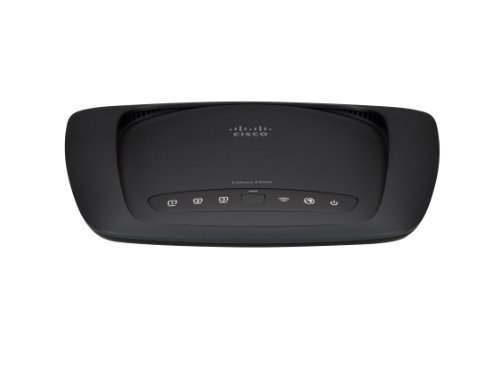A woodworking router is one of the most needful tools in any woodworker's workshop. In fact, it's hard to imagine a more beneficial and versatile tool. If you are just getting started with woodworking, it won't take you long to form out that a workshop is not truly faultless without a router. They are fairly uncomplicated to control and highly versatile when you have all the varied bits that are available.
There are so many woodworking routers on the shop with different features, configurations and specifications, that it can be truly confusing. So in an attempt to take some of the mystery out of buying a router, let's take a look at a few things to consider:
Motor Size -- Like most things, bigger is not all the time better. Router motors range from 1 to 3 1/2 horsepower. Which one is better? It depends on what you're doing and your working style. Here's a rule of thumb: For basic trimming and shaping, 1 1/2 to 2 horsepower if fine. If you're into doing some serious wood shaping, you may be better off with a 2 1/2 to 3 1/2 horsepower router.
Collet Chuck Size -- This is the mechanism that holds the bit in place. Most routers come with 1/4 or 1/2 inch chucks but if you're just starting out a 3/8 inch chuck is fine.
Base Configuration -- Fixed or plunge base? Here's the difference: With a plunge base, you can position the bit above the wood and use a lever to lower the bit. A fixed base is lighter but not adjustable like the plunge base. Which is best? It's a matter of preference. If you can't decide, you should be aware that routers with both base configurations are available.
Exhaust Port -- Make sure the exhaust port will allow you to hook up to a wet/dry vacuum.
Easy-to-Read Depth Scale -- Make sure this mechanism adjusts smoothly and easily.
You should have a lot of fun collecting and experimenting with all the woodworking router bits you will find at your home town or hardware store. Some of the most common are dovetail bits, rabbet bits, cove bits, chamfer bits, level bits and v-groove bits. Router bits are made out of three materials: pressed-steel, high-speed steel and carbide-tipped. Carbide-tipped bits are the most high-priced but well worth it -- they cut better and last longer than high-speed or pressed-steel bits.
After you buy your woodworking router and begin using it, here's a few things to keep in mind:
When routing the outer edge of a board, it's easy to split the wood. To avoid this, route the end grain first and the side
grain after that.
When routing grooves on a narrow board, increase the face area by clamping supporting boards to the face.
Use a straightedge to cut level lines by clamping a level board to the workpiece.
Now you should have a general idea about buying woodworking routers, the varied bits ready and how to get started with your new router. Woodworking routers are a great expanding to any workshop. After you begin using yours, you'll wonder how you ever got by without it.
Woodworking Routers - What You Need to Know
 Searching For Edimax BR-6475nD 300Mbps 11n Wireless Concurrent Dual-Band Gigabit iQ Router Low Price ?
Searching For Edimax BR-6475nD 300Mbps 11n Wireless Concurrent Dual-Band Gigabit iQ Router Low Price ?










 I purchase Netgear N900 WNDR4500-100NAS Wireless Dual Band Gigabit Router + 10ft CAT-5e Network Cable + Shammy Cloth + Air Duster low price from Amazon.com, I highly recommend Netgear WNDR4500 Price is AWESOME PRODUCT !
I purchase Netgear N900 WNDR4500-100NAS Wireless Dual Band Gigabit Router + 10ft CAT-5e Network Cable + Shammy Cloth + Air Duster low price from Amazon.com, I highly recommend Netgear WNDR4500 Price is AWESOME PRODUCT !



 I order Cisco-Linksys WET610N Dual-Band Wireless-N Gaming and Video Adapter low price from Amazon.com, I highly recommend Cisco WET610N Price is AWESOME ITEM !
I order Cisco-Linksys WET610N Dual-Band Wireless-N Gaming and Video Adapter low price from Amazon.com, I highly recommend Cisco WET610N Price is AWESOME ITEM !
 I get Airport Extreme 802.11N (5TH GEN) low price from Amazon.com, I highly recommend Apple MD031LL/A Price is AWESOME PRODUCT !
I get Airport Extreme 802.11N (5TH GEN) low price from Amazon.com, I highly recommend Apple MD031LL/A Price is AWESOME PRODUCT !




